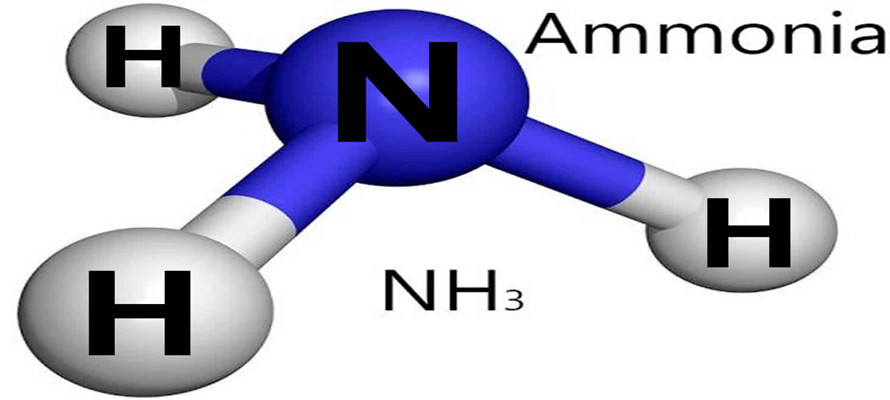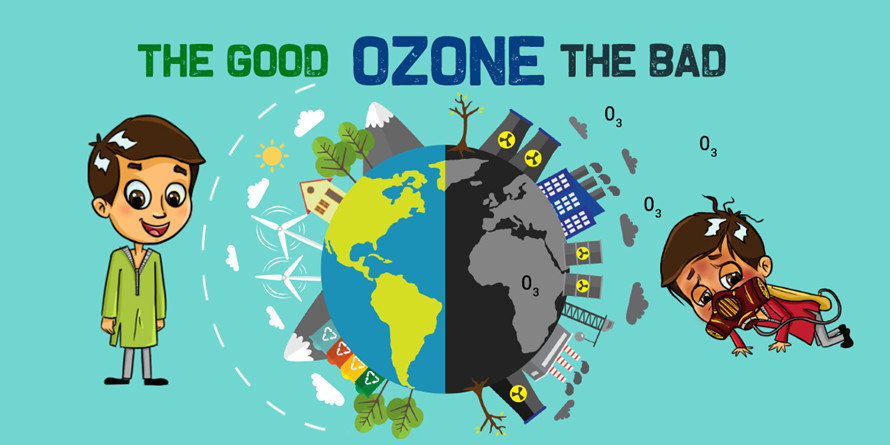- home > News > Filter knowledge
Harmful inorganic substances in the air
What are the inorganic substances in the air that are harmful to the human body?
Some inorganic substances in the air can be harmful to the human body when the concentration exceeds the standard, mainly including ammonia, carbon oxide compounds, sulfur compounds, nitrogen oxide compounds and so on.
Ammonia
Ammonia is a colorless gas with a strong pungent smell. When the concentration of ammonia in the air exceeds 0.7mg/m³, the smell will be felt.
The impact of ammonia on the human body is the irritation of the respiratory tract, which is mainly manifested as rhinitis, pharyngitis, sore throat, cough, hemoptysis, long-term inhalation of ammonia can also cause ammonia poisoning and inhibit the central nervous system.
Ammonia is also a widely used substance in industry, and it contains ammonia in binders and fertilizers. In the human settlement environment, ammonia is mainly released from the building body. Usually, in the construction, to accelerate the concrete solidification and winter construction antifreeze, an ammonia-containing antifreeze is added to the concrete. This is very common in the north of the building, and the temperature in the south is High, almost no need for antifreeze treatment. Another source is indoor furniture and decorative materials, mainly in the adhesives. In addition, animal sweat and urine also produce ammonia.

Carbon Oxide
Mainly refers to carbon dioxide (CO2) and carbon monoxide (CO).
Carbon dioxide is one of the main components in the air. It is normally harmless to the human body. However, if the concentration is too high, it can cause breathing difficulties, causing nausea, dizziness, palpitations, and even confusion and respiratory arrest.
Carbon monoxide, commonly known as coal gas, is a colorless, odorless, and tasteless gas, mainly produced by incomplete combustion. Carbon monoxide is very easy to combine with hemoglobin, so that hemoglobin loses its ability to carry oxygen, and it is extremely difficult to decompose, causing tissue asphyxiation, so it is very toxic to the human body.

Sulfur compounds
The sulfur compounds in the air mainly include sulfur dioxide (SO2) and hydrogen sulfide (H2S).
Sulfur dioxide is a colorless and irritating toxic gas. It is easily soluble in water and forms sulfurous acid, so it has an irritating effect on the skin and respiratory system of the human body. The indoor sulfur dioxide mainly comes from the burning of coal, firewood and liquefied petroleum gas in the kitchen and heating.
Hydrogen sulfide is also a colorless toxic gas with a foul smell of rotten eggs. It is mainly generated indoors from piled garbage, odor from sewage, feces and waste gas discharged by people or animals. Hydrogen sulfide is a strong neurotoxin, which has a strong stimulating effect on the mucous membrane and easily affects human eyes, respiratory system and central nervous system.
Nitrogen Oxides
The nitrogen oxide compounds that cause air pollution are mainly nitrogen monoxide and nitrogen dioxide, which are corrosive and strong oxidizing.
Nitric oxide is a colorless gas, and nitrogen dioxide is a reddish-brown, irritating and toxic gas, which is irritating and damaging to the eyes and respiratory tract of the human body.
Nitrogen oxides are mainly produced when fuel is burned. Office photocopiers, smoking, cooking, automobile exhaust, etc. all contain nitrogen oxides.

Ozone
Ozone is a light blue gas with a pungent odor, which is extremely unstable and easily decomposes into oxygen. Ozone has a strong oxidizing property and is actually a good substance to purify the air, but when the air content exceeds 0.16 mg/m³, it will cause harm to the human body. Ozone is also mainly irritating to the eyes and respiratory system, but when the content is greater, it can cause breathing difficulties, suffocation, lower blood pressure and even death.


